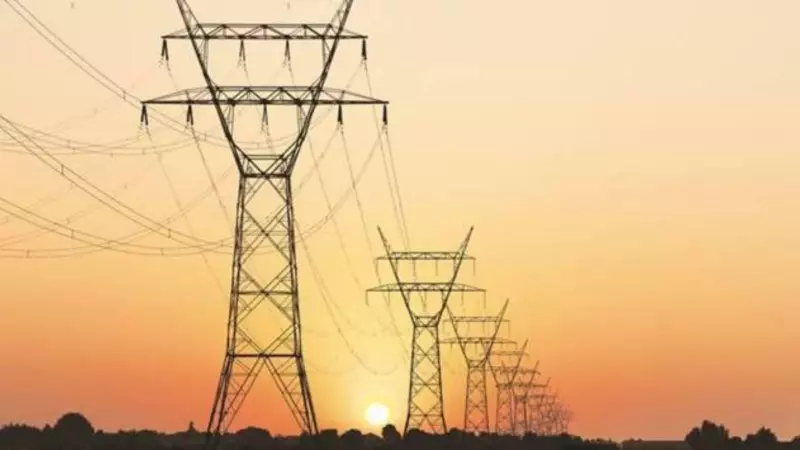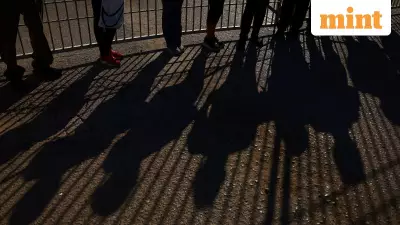
In a significant relief for consumers across Uttar Pradesh, the state's electricity regulatory authority has announced no increase in power tariffs for the sixth consecutive year. The Uttar Pradesh Electricity Regulatory Commission (UPERC) issued its comprehensive tariff order for the fiscal year 2025-26, maintaining stable electricity rates across all consumer categories.
Regulatory Surplus Enables Tariff Stability
The decision to maintain current electricity prices stems from a substantial accumulated regulatory surplus projected by the UP Power Corporation Ltd (UPPCL). As of April 1, 2025, UPPCL estimates a regulatory surplus of Rs 18,592.38 crore, effectively eliminating the need for any tariff increase during the upcoming financial year.
This tariff order marks the first under the newly notified UPERC (Multi Year Tariff for Distribution) Regulations, 2025, covering all five state distribution companies. The consistent tariff freeze represents a notable achievement in the state's power sector management.
Green Energy Initiatives Expanded
In a move to promote renewable energy adoption, UPERC has extended the Green Energy Tariff option to all electricity consumers across Uttar Pradesh. The commission has also revised the additional surcharge for green energy, making it more affordable for different consumer segments.
For high-voltage consumers, the green energy surcharge has been reduced from Rs 0.36 per unit to Rs 0.34 per unit, while low-voltage consumers will pay a fixed rate of Rs 0.17 per unit. This strategic pricing adjustment aims to encourage wider participation in green energy initiatives.
Ambitious Loss Reduction Targets Set
The regulatory commission has established a clear five-year trajectory for distribution loss reduction, directing UPPCL to significantly improve operational efficiency. DISCOMs must reduce distribution losses from 13.78% in FY 2024-25 to 10.74% by FY 2029-30, representing a substantial improvement in the state's power distribution network.
Performance analysis revealed that only Madhyanchal and Paschimanchal DISCOMs successfully met their distribution loss targets for FY 2024-25, while PuVVNL and DVVNL were identified as the poorest performers requiring immediate improvement.
Financial Approvals and Subsidy Continuation
After thorough evaluation of stakeholder feedback and public objections, UPERC finalized several key financial determinations. For FY 2023-24, the commission approved an Annual Revenue Requirement (ARR) of Rs 85,082.83 crore for purchasing 140,580.13 million units of power, significantly lower than the DISCOMs' claim of Rs 90,328.62 crore for 141,931.68 MU.
The state government will continue its subsidy support for vulnerable consumer segments, maintaining Rs 17,100 crore in subsidies for lifeline consumers including rural and urban households, rural scheduled metered consumers, and private tubewells at the same levels as the previous year.
For the upcoming fiscal year 2025-26, UPERC approved an ARR of Rs 1,10,993.33 crore for 163,778.24 million units, against DISCOMs' projection of Rs 1,12,865.33 crore for 164,592.49 MU. Approved distribution losses for FY26 stand at 13.35%, lower than the DISCOMs' proposed 13.77%.
Consumer-Centric Reforms Introduced
The commission has mandated several consumer-friendly measures, including displaying power factor on consumer bills where kVAh billing applies. UPPCL has been directed to issue TDS certificates for tax deducted on interest paid against security deposits and enable consumers to download these certificates from their online accounts.
Addressing persistent consumer complaints, UPERC announced it will shortly release a consultation paper to resolve recurring billing and service issues faced by residents in multi-storey buildings and townships. These include problems with single-point connections, irregular billing, and lack of transparency in service delivery.
The commission has urged licensees to proceed with tendering and execution of developmental projects without delay, ensuring continuity of work through the election period. Time-of-day tariff categories and time periods remain unchanged from the previous year, while cross-subsidy surcharges for open-access consumers have been rationalized and reduced for certain categories.





